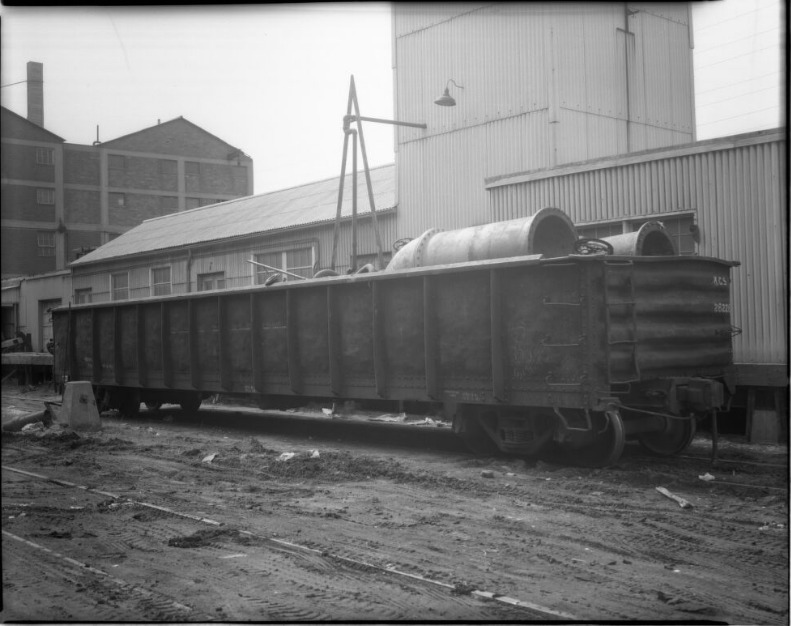Ferer and Sons
Aaron Ferer & Sons first opened its doors in 1886 as a primary smelter of industrial lead. Ferer & Sons is still an active corporation, which markets itself as a metal trading company with over 128 years of experience (NSC, 2007). The business prides itself on its modern international offices in both China and Peru and boasts about the ability to ship metals internationally with ease. Researching Ferer & Sons beyond humble introductions is incredibly difficult, with very few records specifically cataloging the intentions and decision made by the business at any given time. A thorough timeline of Ferer & Sons would benefit future researchers greatly. In its earliest stages, this company sought to compete with other metalworking businesses such as Omaha Metal Works and eventually ASARCO. Ferer & Sons began smelting lead to be sold wholesale for other industries to use in their own products. Ferer & Sons claim to have refined ferrous metals, precious metals, and chemicals for the entire tenure of the business (Sasse, 2019).
As it pertains to understanding the history of industrial lead in Omaha, Ferer & Sons opened a second smelting location in 1954 at 555 Farnam, in direct proximity to the Union Pacific Shops and ASARCO plant. This location was specifically designed to smelt lead-acid batteries down to their usable elements within metalworking (Sasse, 2019). Union Pacific offered Ferer & Sons a shipping partnership to promote mutually beneficial industry growth. In the subsequent years, Union Pacific increased the number of tracks laid in Omaha and specifically in the area now known as Lewis and Clark Landing (NH, 2012).
The exact metrics for the pollution resulting from Ferer & Sons secondary smelting location is currently unknown. The pollution created by this smelting location resulted in high concentrations of lead particulates being released into the atmosphere through the company’s smokestacks (Sasse, 2019). These aerosolized particulates were distributed randomly throughout the residential areas surrounding the refinery.
For currently undisclosed reasons Aaron Ferer & Sons decided to sell their secondary location to Gould Batteries Inc in 1964. Ferer & Sons included all the relevant equipment necessary for the smelting of lead-acid batteries with the sale of the facility. It appears that this decision was intentional, allowing the next company to immediately resume the recycling duties Ferer & Sons previously carried out (NH, 2012).
Many years later, a showdown occurred between Aaron Ferer & Sons corporate and former Mayor Hal Daub in September of 1996. Ferer & Sons resisted the public pressure campaigns that forced Union Pacific and ASARCO to negotiate with the City of Omaha regarding the Gateway program (OWH, 1996). The Gateway program was the overarching plan to remediate all contaminated areas on Abbott Drive. Ferer & Sons was particularly against relocating their corporate offices which was necessary for the Gateway plan to take shape. Ultimately the City of Omaha negotiated a deal with Ferer & Sons that resulted in the company permanently relocating near Eppley Airfield. With Ferer & Sons willing to relocate, the Gateway program was approved for immediate action and soil remediation efforts went into effect (OWH, 1996).
